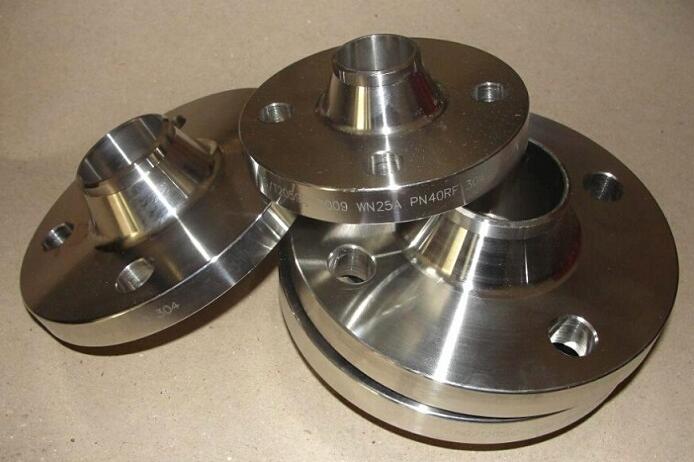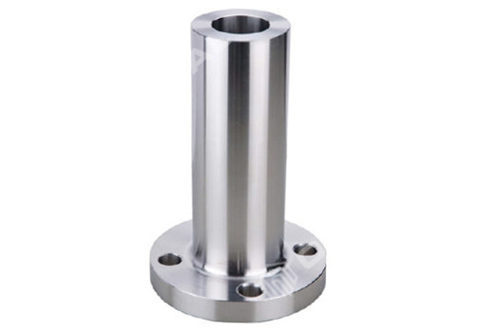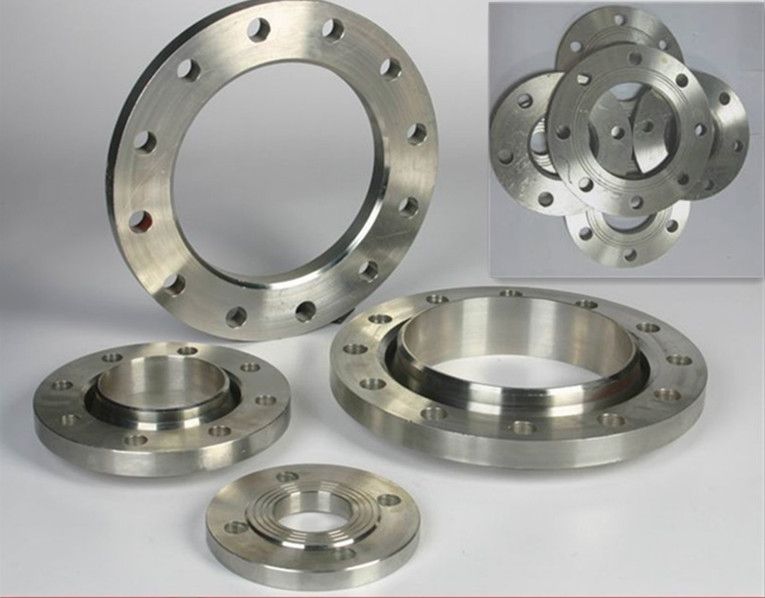Lap joint flange
Lap joint flange
What is lap joint flange?

The lap joint flange is a kind of steel parts, commonly used for connection is the change of material. It is actually equivalent to a combination of two flanges, as shown in the figure.
Lap Joint Flanges are distinctive among flanges because they are adaptable, and used in a variety of industries. Due to their unique design and beneficial properties, they are a desirable option for specific piping systems.
Advantages:
- Cost-effective
- Easy to calibrate and assemble
- Flexibility in piping system
Applications of lap joint flanges:
1.It is commonly used as a connection for material changes.
2. It is suitable for connection of steel, aluminum and other non-ferrous metals and stainless acid-resistant steel containers and corrosion resistant pipelines.
3. It is a movable flange piece, which is generally matched on the water supply and drainage accessories. It is directly connected with the pipeline and equipment in the project by bolts.
4. It is generally used in pipelines, loose bolts can rotate both sides of the pipeline, and then tighten, can be more convenient to disassemble the pipeline.
Production Standard:
| Chinese standard | GB/T9112-2000(GB9113·1-2000~GB9113·4-2000) |
| American-Standard | ANSI B16.5 Class150、300、600、900、1500(WN、SO、BL、TH、LJ、SW) |
| Japanese Industrial Standards | JIS 5K、10K、16K、20K(PL、SO、BL、WN、TH、SW) |
| German standard | DIN2573、2572、2631、2576、2632、2633、2543、2634、2545(PL、SO、WN、BL、TH) |
| Mechanical standard | JB81-94~JB86-94、JB/T79-94~JB/T86-94、JB/T74-1994 |
| Pressure vessel standard | JB1157-82~JB1160-82、JB4700-2000~JB4707-2000 B16.47A/B B16.39 B16.48 |
Conclusion
Lap Joint Flanges are essential parts in many fields due to their special adaptability, affordability and ease of maintenance. In applications that require frequent repair or maintenance, their have the substantial advantages of permit simple alignment, assembly and dismantling.
Lap Joint Flanges improve the effectiveness and reliability of crucial systems in a variety of industries, including water treatment, food and beverage production, and chemical processing.






